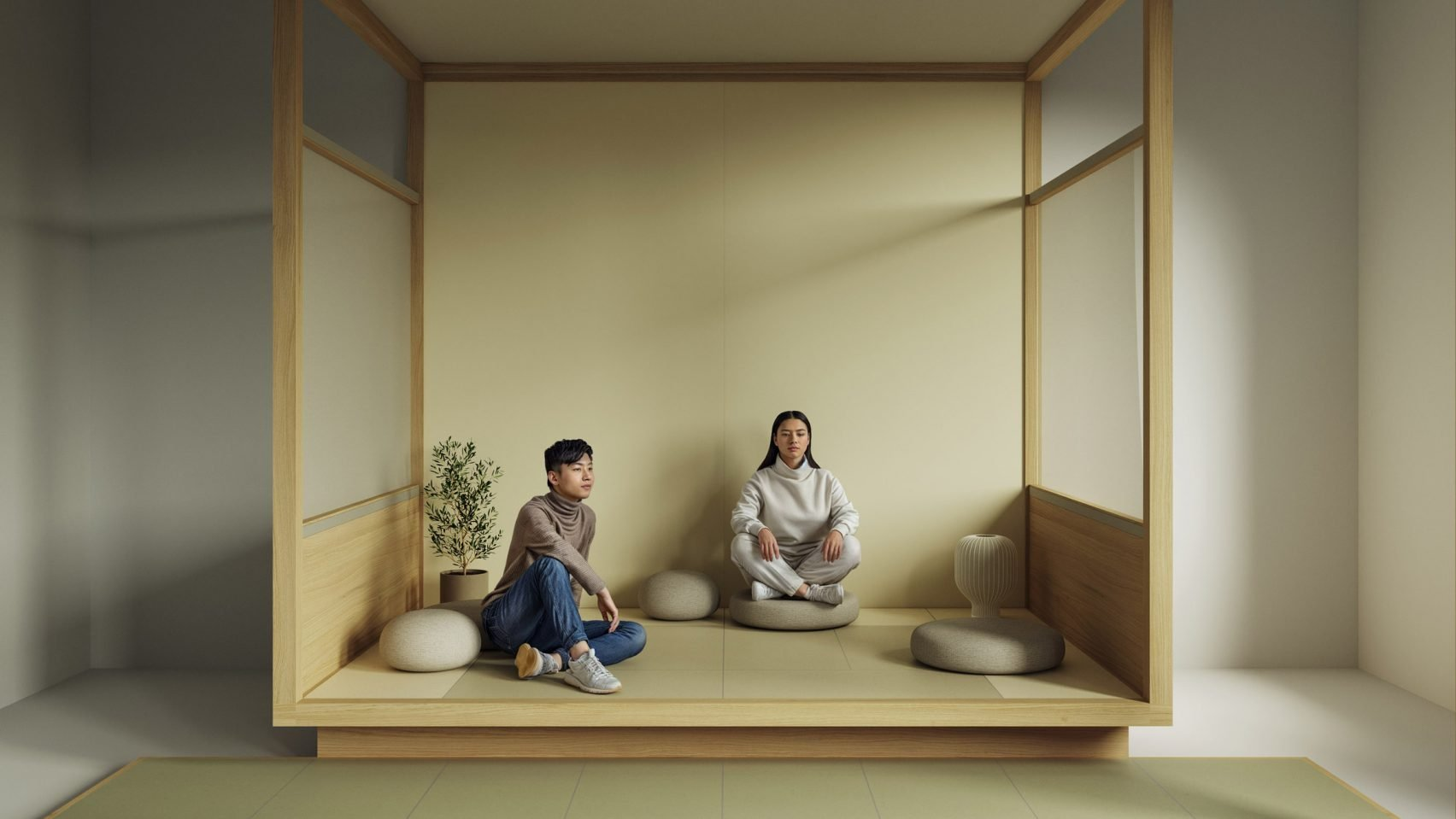Hello from London,
Its this time of year again....the trends are back and bigger than ever. This year we've decided to head into the Design trends which in the ever-evolving landscape of office interiors, 2025 is promising a blend of sophistication, functionality, and well-being. As businesses recalibrate their workspaces to mirror contemporary values, we've found a few key trends emerging, each reflecting a commitment to the aesthetics needs of the modern professional.
1. The Oxblood Renaissance
A rich, earthy hue with deep historical roots, oxblood is making a bold statement in office design.
This colour, celebrated for its sophistication, is being embraced by leading designers to infuse workspaces with warmth and depth. Its resurgence signifies a shift from the neutral palettes of previous years to more daring, maximalist choices. According to colour psychology, oxblood evokes confidence, strength, and creativity, making it a compelling choice for offices seeking to inspire bold thinking.
A recent survey by Pantone indicates that 67% of designers are experimenting with richer, more dramatic colours in 2025, with oxblood being a key player in this shift. Offices incorporating this shade in accent walls, furniture, and décor elements create an environment that is both grounding and luxurious, creating a sense of professionalism and innovation.

2. The Sanctuary of Office Pods
Building meeting rooms costs 55% more than buying office pods according to Dezeen. Addressing the challenges of open-plan layout office pods have become indispensable. With open-plan offices continuing to dominate corporate design, the demand for private, soundproof spaces has never been greater. These private, soundproof spaces offer employees a retreat for focused tasks and confidential conversations, marrying functionality with sleek design. Their modular nature allows for adaptability, catering to the dynamic needs of contemporary workspaces. According to research by soundproof booth manufacturer Framery and real estate investor CBRE, opting for office pods instead of constructing meeting rooms could save US companies approximately $30 billion by 2030.
A report by the International Workplace Group (IWG) found that 85% of employees believe that having access to quiet zones significantly improves their productivity. Modular in nature, office pods can be easily reconfigured, allowing businesses to adapt to changing workforce needs with minimal disruption. These spaces often incorporate cutting-edge acoustic technology, ventilation systems, and sleek, ergonomic designs, making them an integral part of the future workplace.

3. The Allure of Colour Drenching
Embracing the art of colour drenching, designers are enveloping spaces in uniform hues, from walls to ceilings. This technique creates immersive environments that exude luxury and cohesion. When executed with thoughtful consideration of lighting and function, colour drenching transforms offices into bespoke sanctuaries of style.
Research from the University of Texas suggests that colour can impact workplace performance, with warmer hues such as terracotta and deep blues boosting energy and focus, while softer tones encourage relaxation. When applied thoughtfully with consideration of natural and artificial lighting, colour drenching can transform the office. The hospitality and retail sectors have already embraced this trend, and its transition into corporate spaces marks a new era of immersive workplace design.

4. Biophilic Embrace
Integrating natural elements into office design continues to flourish. Incorporating greenery, natural light, and organic materials not only enhances aesthetic appal but also promotes employee well-being, fostering a connection to nature within the corporate environment.
A study by Harvard’s T.H. Chan School of Public Health found that employees working environments with biophilic elements report a 15% increase in overall well-being and a 6% rise in productivity. Features such as living walls, indoor gardens, and wooden textures help reduce stress, improve air quality, and create a sense of tranquillity. As climate consciousness grows, sustainable practices such as the use of recycled materials and energy efficient designs further reinforce the shift towards greener workspaces.
View our insight on biophilia in the office here.

5. Wellness-Centric Spaces
Prioritising employee health, wellness focused design features such as ergonomic furniture, relaxation zones, and fitness facilities are becoming standard. These elements aim to reduce stress and support a balanced work-life dynamic, reflecting a holistic approach to workplace design. Companies are increasingly investing in wellness-focused elements such as ergonomic furniture, meditation and relaxation zones, and on-site fitness facilities to support both physical and mental wellbeing.
According to a 2024 report by the Global Wellness Institute, organisations that implement wellness centric design see a 32% decrease in employee absenteeism and a 23% boost in job satisfaction. Adjustable standing desks, biophilic breakout areas, and access to healthy food options are now considered standard rather than luxury additions. The integration of wellness initiatives not only enhances employee morale but also contributes to higher retention rates and overall workplace productivity.

As we enter 2025, these trends underscore a profound shift towards creating office spaces that are not only visually compelling but also nurturing and adaptable. The rise of bold colour choices, privacy-enhancing solutions, immersive design techniques, biophilic integration, and wellness centric features highlights a collective commitment to holistic workplace experiences. In an era where the boundaries between work and life continue to blur, these innovations ensure that office interiors remain both inspiring and functional, embodying the essence of modern design technology.

